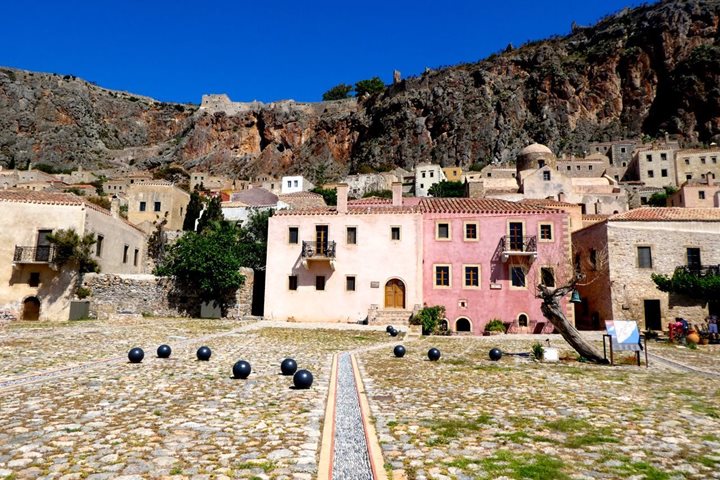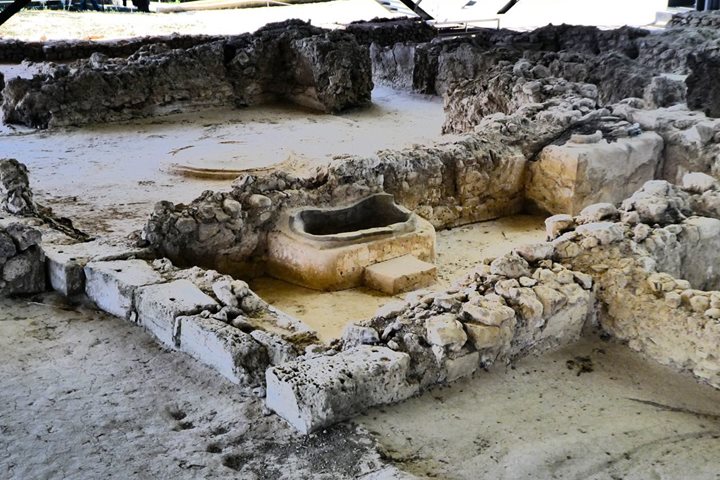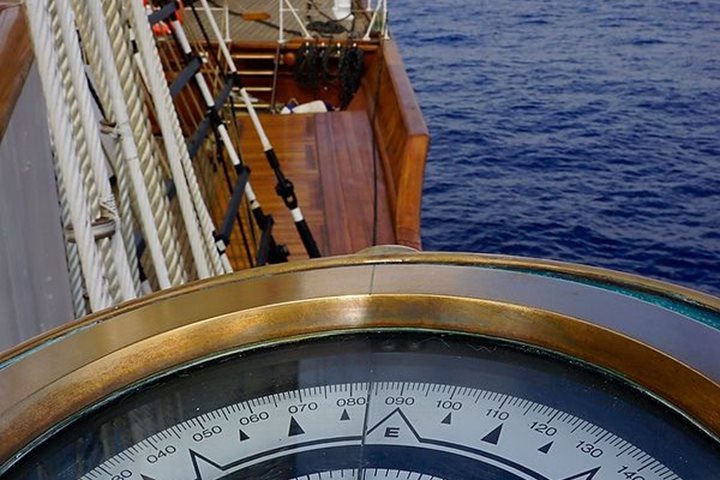The ancient Greek colonists from Megara Hyblea on the east coast of Sicily chose a huge, pear-shaped coastal promontory between two rivers as the site for their new city around 651 B.C. As the western most Greek city, Selinute was moulded by its “frontier” position—a bastion on the border of the Phoenician and Elymian lands on the island. The city took its name from the Greek word for wild celery: ‘selinon,’ which once grew in abundance in the fertile valley that stretches inland from the fortified acropolis. Its rapid economic and demographic growth was based on its trade of cereal crops to Carthage and other Phoenician colonies in North Africa.
Selinute’s pursuit of prestige is immediately evident as we walked up the eastern slopes of the Ipsas River to visit one of two sacred sanctuaries in the city. Silhouetted against the sky is a forest of Doric columns belonging to Temple E, the most complete of the three temples on this hill. The remains of Temple G and F are collapsed in heaps upon their bases. As we walked down and across the now dried riverbed we approached the main acropolis of the city by following along the substantially intact eastern ramparts. After viewing the piles of fallen columns belonging to the four temples in the urban sanctuary designated: A, C, D and O, we strolled down the central plateia (avenue) of the ancient city from which the narrow secondary roads went off at right angles. All too soon we had reached the North Gate complex and our guides told us how in 409 B.C. the brave Greeks fought their once allies, the Carthaginians, for nine days straight before being over whelmed. Carthage managed to hold onto the city until 250 B.C. when it fell to the Legions of Rome. Largely abandoned since that date, much of the city stills lies beneath the coastal dunes. All too soon it was time to head back, but not before strolling through the remains of the Greek and later Carthaginian houses.
After a delicious deck lunch, it was off for our second adventure of the day—a trip along the west coast, this time to visit the town of Marsala, ancient Lilybeaum. After a short visit to the archaeological museum we entered the town through the western gate and made our way to Piazza Republica to visit the Duomo, dedicated to St Thomas Beckett (Canterbury) and then split off in search of gelato. The final stop of the day was the Cantine Florio for a tour of the Marsala winery, which was followed by a wine tasting, and a feast of Sicilian “tapas”: tomato and anchovy pizza, stuffed rice balls, and cannoli! Can life get any better?!






